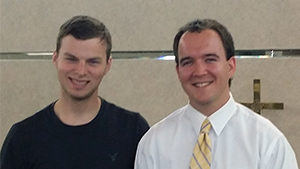Treasures Old and New
Luther and the Lectionary
“Ah, Luther.” Like an audiophile commenting on Bach, confessional Lutheran pastors utter the name with a sense of awe, respect, and thanksgiving for the life, work, and heritage of Dr. Martin Luther. We revere him, quote him, point to him, apologize with him and, on occasion apologize for him in our teaching and preaching. There is so much that one could offer that it is easier for those in the know to simply look at each and exclaim, “Ah, Luther.”
And yet, no confessional Lutheran preacher would ever leave it at that. For 500 years the Lutheran Reformation has shaped both the religious and secular worlds in which we walk, work, and witness today. It is no wonder that quotes from Luther and the reformers find their way into our sermons. We share sermon highlights, catechetical sections, and snippets from the confessions for the joy and edifying of our people. In doing so, we follow a long line of Lutheran preachers and confessors who would witness to their faith in print and in pulpits throughout the German lands and beyond. Bringing their confession of faith to the biblical storeroom of the lectionary, they found treasures old and new to bring forth.
A Lutheran Lectionary
As the Lutheran Reformation took hold, the reformers sought to develop a worship life that would transition worshipers from medieval self-righteousness to biblical justification by grace through faith. Already by the mid-1520s, the organization of churches in Lutheran principalities had begun. Called the Saxon Visitation, parishes and communities were visited, evaluated, and organized in line with the model set up in Wittenberg. Regional customs and observances were retained or modified, if at all possible, while others were eliminated. Mass-orders were based on the examples of Luther’s German and Latin masses yet they often restored or retained local textual and ceremonial practices. “It is apparent that the various church orders made their own contributions to the evolution of Lutheran liturgy, influenced by but also independent of the contributions of Martin Luther.”1
There grew “a remarkable consensus in the calendrical observances of early Lutheranism.”
As worship life continued to center on the church year, there grew “a remarkable consensus in the calendrical observances of early Lutheranism.”2 Based largely in the historic lectionary, Lutheran churches retained much of the historic church year calendar, especially the festival half, while adjusting for local and regional observances:
- The Advent and Christmas seasons along with the Festival of the Epiphany remained unchanged
- The season of Epiphany included the Baptism of our Lord at Luther’s urging, followed by specific emphases each Sunday, and concluding with the Transfiguration (moved from August 6).
- Lent remained unchanged from Ash Wednesday through Easter Eve, though Good Friday was observed with less somberness and Holy Saturday not at all.
- Easter Sunday led into the Sundays of the Easter season, each named for specific annual observances.
- Ascension and Pentecost were celebrated as high festivals, followed by Trinity Sunday.
- The Sundays after Trinity Sunday were largely marked by lectio continua and semi-lectio continua readings.
Yet as the church year came to an end, the lectionary took a decided Lutheran turn. Luther encouraged special emphases to replace Roman All Saints and All Souls days. The last three Sundays of the church year emphasized:
- The abomination of desolation (Matthew 25:15-28)
- The last judgment (Matthew 25:31-46)
- Remembrance of the faithful departed (Matthew 5:1-12)3
During the annual cycle, feasts of the apostles and evangelists continued to be observed if they fell on a Sunday. Most of the feasts of the virgin Mary were phased out while the Annunciation, the Purification, and the Visitation were kept. A number of church orders included evangelical observances of local, non-biblical saints.
Conspicuous by its absence, though, was an observance of thanksgiving for the Lutheran Reformation. While much of the church year and its appointed texts were nearly universal, Reformation festivals were celebrated in many and varying ways. Johannes Bugenhagen, among the Saxon visitors mentioned above, encouraged territories to celebrate the Reformation on the anniversary of the date the territory joined the Reformation. Others celebrated on the anniversary of Luther’s birth or death. Still others celebrated on the anniversary of the Augsburg Confession. A more unified date for the festival wasn’t established until the aftermath of the Thirty Years’ War:
The Thirty Years’ War obliterated these [Reformation] observances, but in 1667 Elector John George II of Saxony reestablished the festival, appointing it for October 31. This date, or the Sunday preceding or the Sunday following, came to be generally accepted in practically all German-speaking and other Lutheran lands, where the festival itself rapidly gained observance.4
Die Heilige Schrift oder Was sagt Luther?
Since then, Lutheran liturgy, Lutheran lectionary, and Lutheran quotes have been fused with biblical proclamation. Week by week our Lutheran heritage has and continues to make its way into the worship lives of our people. Nowhere was this more unmistakably on display than during last year’s celebration of the 500th anniversary of the Lutheran Reformation. Books, movies, articles, daily quotes, devotionals, exhibits, sermons, and the like all celebrated Luther and the Lutheran Reformation. Again and again we heard about Luther’s theology, Luther’s faith, Luther’s Bible, and Luther’s impact on the world.
Yet while millions rejoiced at what God accomplished through the Lutheran Reformation, some were left asking, “Do Lutherans worship God or Luther?” Questions like this are easily dismissed as simple misunderstanding by the uninformed, non-confessional bias from the purveyors of liberal Lutheranism, or unfounded criticism by historical skeptics. Certainly, these have all influenced our Lutheran efforts to clearly proclaim the solae of the Lutheran Reformation. We react, respond, anticipate, teach, and preach with Lutheran tenacity, less the lessons of the Reformation be lost, and rightly so.
Could the way we incorporate Luther into worship give the unintended impression that Luther is Lord?
At the same, we do well to hear such a question as, “Do Lutherans worship God or Luther?” and ask that most Lutheran of questions of ourselves, “What does this mean?” Could the way we incorporate Luther and the Confessions into worship, especially our preaching, give the unintended impression that Luther is Lord? References to Luther’s theology, Luther’s faith, and Luther’s Bible can be rightly understood. Yet such references can also be easily misunderstood, even by those who want to rightly understand.
To be clear, this is about perception and not about quia vs. quatenus. Indeed, our quia subscriptions to the Book of Concord give us every confidence to include quotes from and references to the confessions of our Christian faith and Lutheran heritage. This is obviously a good thing. But to those who are new to Lutheranism or new to the Christian faith, an abundance of such quotes and references may be too much of a good thing. Without thoughtful explanation or careful clarity, even a single quote or reference could result in unintended consequences, leading to misperception. A sermon progression of “The prophet Jeremiah wrote…The apostle Paul wrote…Luther wrote…” may become, to the uninitiated and uneducated, no longer two proof passages and some faithful exposition. Rather, the progression becomes three proof passages. Was sagt Luther can end up being perceived to be on a par with Scripture, not simply quoted because this particular explanation of his is in agreement with Scripture. Sola Scriptura becomes Scriptura et….
When it comes to preaching Luther and the lectionary, the advice here is not to eliminate Luther. Rather, be mindful of how you include Luther in your preaching. We dare not compromise the Word of God for the sake of perception. Yet we are mindful of how we present it for the sake of those listening. We carefully proclaim the Word of Truth. We deliberately apply law and gospel to our listeners. We purposely strive for understanding and clarity. And so, as the writer to the Hebrews encourages, it is also good and right for us to point to and remember the “great cloud of witnesses” and “leaders” who have gone before us. We carefully teach the place that Luther and the confessions have in our preaching and in the worship lives of God’s people. We clarify their relationship to the Word of God. In thanksgiving we “consider the outcome of their way of life and imitate their faith.”5
500th Anniversary Part II
2018 marks another anniversary of the Lutheran Reformation, the 500th anniversary of the Heidelberg Disputation.
The Heidelberg disputation is, in many ways, more significant than the 95 Theses.
Following Luther’s proposal for a disputation on the subject of indulgences, the Augustinian Order, to which Luther belonged, was generally supportive of his views. The head of the order in Germany, Johannes Staupitz, called for a formal disputation to be attended by the leadership of the order, in which Luther would be provided a chance to expand upon his concern. The disputation took place at the meeting of the Augustinian Order, in Heidelberg, in April 1518. Luther’s opponents had been hopeful that Luther would be silenced, but Staupitz wanted to give Luther a fair hearing, since he was generally sympathetic with Luther’s views. At the meeting, Luther put forward a “theology of the cross” as opposed to a “theology of glory.” The disputation is, in many ways, more significant than the 95 theses, for they advanced Luther’s growing realization that the theology of late Medieval Roman Catholicism was fundamentally and essentially at odds with Biblical theology. As a result of the disputation, John Eck proposed a debate between himself and representatives of Luther’s views, which was held in Leipzig from June to July, 1519.6
Here is opportunity to celebrate our Lutheran heritage and rightly use it to point to our Savior. Thank you to Craig Engel for providing the following connections between the 28 Theses of the Heidelberg Disputation and the appointed lessons and themes through the Sundays of Pentecost, Year B. Since Engel’s plan includes dates already passed, I offer two November dates instead. The Heidelberg document is available at the website in endnote 6.
Pentecost 7 – July 8, 2018
Mark 6:1-16, Ezekiel 2:1-5, 2 Corinthians 12:7-10
Thesis 18 – It is certain that man must utterly despair of his own ability before he is prepared to receive the grace of Christ.
Pentecost 9 – July 22, 2018
Mark 6:30-34, Jeremiah 23:1-6, Ephesians 2:13-22
Thesis 25 – He is not righteous who does much, but he who, without work, believes much in Christ.
Thesis 26 – The law says, “Do this,” and it is never done. Grace says, “believe in this,” and everything is already done.
Pentecost 14 – August 26, 2018
John 6:60-69, Joshua 24:1,2a,14-18, Ephesians 5:21-23
Thesis 13 – Free will, after the fall, exists in name only, and as long as it does what it is able to do, it commits a mortal sin.
Thesis 14 – Free will, after the fall, has power to do good only in a passive capacity, but it can do evil in an active capacity.
Thesis 16 – Nor could the free will endure in a state of innocence, much less do good, in an active capacity, but only in its passive capacity.
Thesis 17 – Nor does speaking in this manner give cause for despair, but for arousing the desire to humble oneself and seek the grace of Christ.
Pentecost 15 – September 2, 2018
Mark 7:1-8,14,15,21-23, Deuteronomy 4:1,2,6-8, Ephesians 6:10-20
Thesis 1 – The law of God, the most salutary doctrine of life, cannot advance man on his way to righteousness, but rather hinders him.
Thesis 3 – Although the works of man always appear attractive and good, they are nevertheless likely to be mortal sins.
Thesis 25 – He is not righteous who does much, but he who, without work, believes much in Christ.
Thesis 26 – The law says, “Do this,” and it is never done. Grace says, “believe in this,” and everything is already done.
Pentecost 21 – October 14, 2018
Mark 10:17-27, Amos 5:6,7,10-15, Hebrews 3:1-6
Thesis 5 – The works of men are thus not mortal sins (we speak of works which are apparently good), as though they were crimes.
Thesis 6 – The works of God (we speak of those which he does through man) are thus not merits, as though they were sinless.
End Time 1 – Reformation Sunday – November 4, 2018
Mark 13:5-11, Jeremiah 18:1-11, Revelation 14:6,7
Thesis 25 – He is not righteous who does much, but he who, without work, believes much in Christ.
Thesis 26 – The law says, “Do this,” and it is never done. Grace says, “believe in this,” and everything is already done.
Last Sunday of End Time – Christ the King – November 25, 2018
John 18:33-37, Daniel 7:13,14, Revelation 1:4b-8
Thesis 20 – He deserves to be called a theologian, however, who comprehends the visible and manifest things of God seen through suffering and the cross.
Thesis 21 – A theologian of glory calls evil good and good evil. A theologian of the cross calls the thing what it actually is.
Written by Joel J. Gawrisch
1 Frank Senn, Christian Liturgy, p. 338
2 Ibid., p. 342
3 Ibid., p. 344
4 Luther Reed, The Lutheran Liturgy, p. 569 (also quoted in Christian Liturgy, p. 345)
5 Hebrews 12:1; 13:7
6 http://bookofconcord.org/heidelberg.php
Treasures from the Archive
With twenty years of archives to hand, there is a storeroom of treasure to behold in past issues. The following is an introductory “observation” which speaks to the place and impact of catechetical preaching.
I love a good catechetical sermon.
When I hear my pastor read a proof text from the catechism as his sermon text, I look forward to hearing how he is teaching it to his current catechism students. I appreciate the review of my own catechetical instruction, and the new applications of the text to my current life.
The original Handbook to the Small Catechism was dedicated “to all faithful and upright pastors and preachers.” I gain quite a bit from catechetical review in a good catechetical sermon to help me in my role as a Christian father, since Martin Luther suggested that the truths of his Small Catechism were for me to present to my household.
And I know how this has worked in history. Good catechetical preaching has borne fruit in Lutheran congregations.
Almost 500 years ago, a group of families moved to where a mine had opened in the present-day Czech Republic. They named their new town Joachimsthal. That silver mine produced the metal for the coins in their area, which became known as “Thalers,” from which we get our English word, “dollars.”
The year after they founded their town, Martin Luther nailed the Ninety-Five Theses to the church door at Wittenberg, and the Reformation began.
The mining families all became Lutheran. Their story is told by Christopher Boyd Brown in his book, Singing the Gospel. The townspeople opened and supported two Lutheran elementary schools, one for the boys and one for the girls. They supported a number of pastors in a large congregation that contained, at its peak, 5,000 mining families.
Many of their legal and church records have been preserved, and what is striking is the documented evidence of each family being sure that the children learned Bible accounts, Luther’s Small Catechism, Lutheran worship, and in particular, the words of dozens of good Lutheran catechetical hymns. All of that family catechetical work was supported by good catechetical preaching from the pulpit.
After imperial armies took over the territory and banned Lutheranism, a Roman Catholic priest named Franciscus Albanus was sent to the village. He had his doctoral degree from a college where they trained men to oppose the unconditional gospel. Franciscus Albanus worked hard in Joachimsthal. But the children under his care told him the truths of the Bible as they had learned them in Luther’s Small Catechism. The men and women of the village patiently insisted on forgiveness of sins through faith in Jesus as their Savior. And the families sang Lutheran hymns in public and private. Of course, there was strong cultural pressure to compromise the truth. But the people held firm. Even armies could not stop them.
Albanus was forced to begin reading through the Lutheran theological volumes stored in the Joachimsthal library in order to “strike the people with their own sword, and convince them out of their own writings.”
Instead, he himself was convinced by the Holy Spirit. Albanus resigned from the priesthood and became a Lutheran pastor. Do you think he engaged in any good catechetical preaching after that?
God bless your faithful preaching, catechetical and otherwise.
Paul Prange, Volume 16, No. 5
Learn about how WELS is assisting congregations by encouraging worship that glorifies God and proclaims Christ’s love.
WELS Commission on Worship provides resources for individuals and families nationwide. Consider supporting these ministries with your prayers and gifts.
[fbcomments num=”5″]
 On Tuesday, July 17 the WELS Mobile app installed from the iPhone/iPad App Store, Google Play Store, or Amazon will be removed. Any users with the app installed on their devices will find that many of the features will no longer function correctly. The reason for this change is that a new WELS App is now available at https://wels.app. This new app provides all the same functionality as the old WELS Mobile app and more. Please read all about it in a recent blog posted entitled WELS App Launches.
On Tuesday, July 17 the WELS Mobile app installed from the iPhone/iPad App Store, Google Play Store, or Amazon will be removed. Any users with the app installed on their devices will find that many of the features will no longer function correctly. The reason for this change is that a new WELS App is now available at https://wels.app. This new app provides all the same functionality as the old WELS Mobile app and more. Please read all about it in a recent blog posted entitled WELS App Launches.

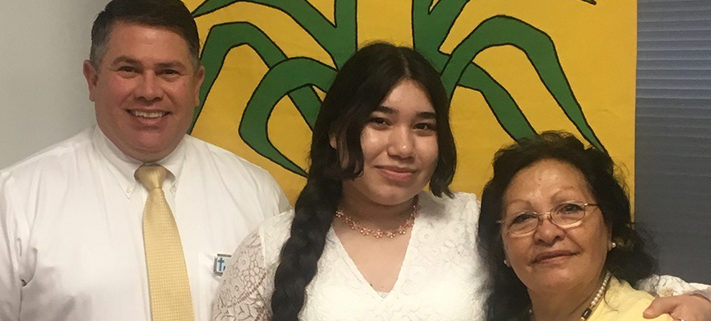
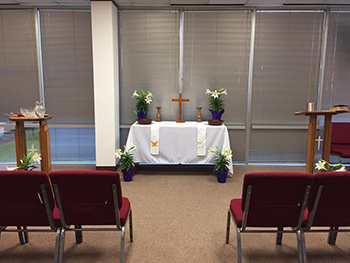
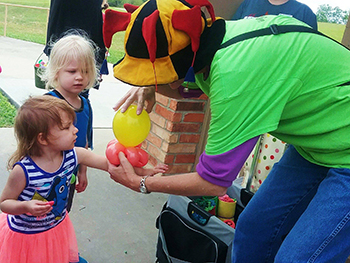



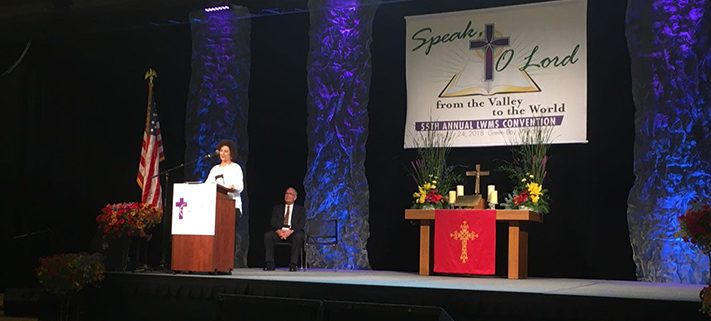
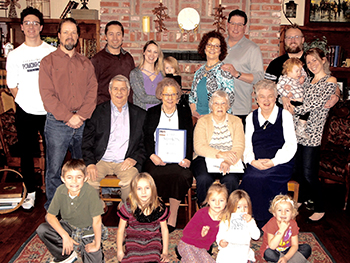
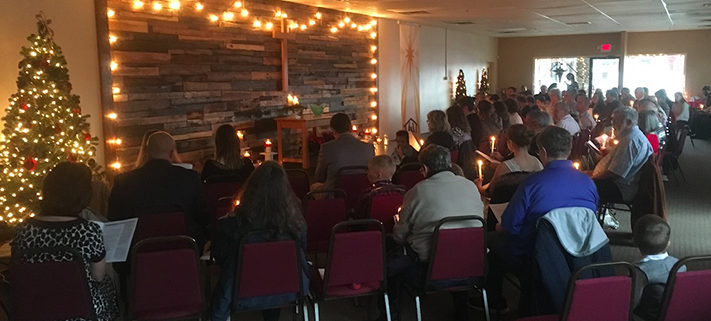
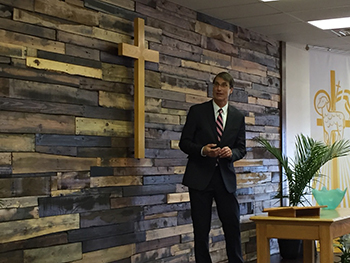
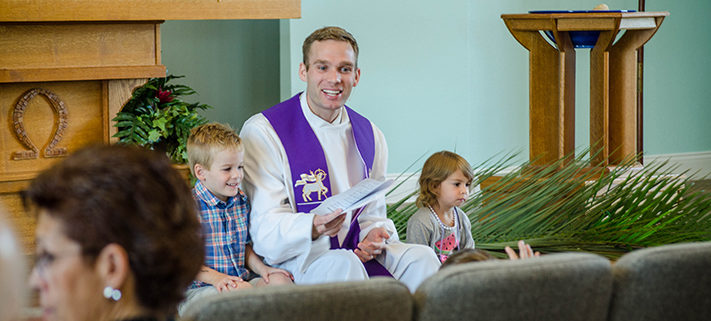

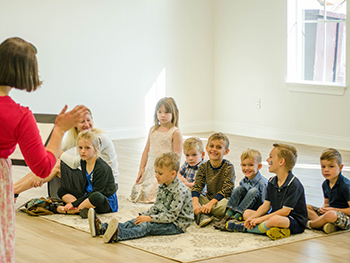
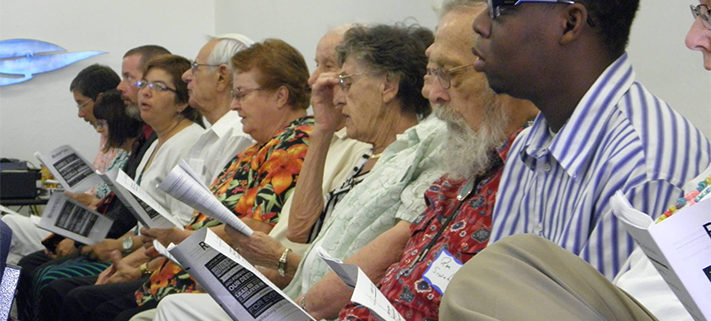


 When worship is planned well, it is a team approach. Our church’s planning begins with the pastor who brings worship planning pages to the Worship Committee. The committee looks at the theme of the services, the Scripture readings, sermon texts, hymn suggestions, and any special items that will be included in the services that weekend. Since directors have these pages well in advance, they can select choir anthems that closely match the sermon theme. They can plan liturgy and psalm variations along with special presentation of some hymns. A well-planned worship folder can assure that everyone involved with worship knows exactly what is happening when. The worship coordinator can place anthems in spots that provide an edifying service flow. All the tasks of the Worship Committee are founded on the goal to “carry Christ to the heart” with services planned as well as possible.
When worship is planned well, it is a team approach. Our church’s planning begins with the pastor who brings worship planning pages to the Worship Committee. The committee looks at the theme of the services, the Scripture readings, sermon texts, hymn suggestions, and any special items that will be included in the services that weekend. Since directors have these pages well in advance, they can select choir anthems that closely match the sermon theme. They can plan liturgy and psalm variations along with special presentation of some hymns. A well-planned worship folder can assure that everyone involved with worship knows exactly what is happening when. The worship coordinator can place anthems in spots that provide an edifying service flow. All the tasks of the Worship Committee are founded on the goal to “carry Christ to the heart” with services planned as well as possible.


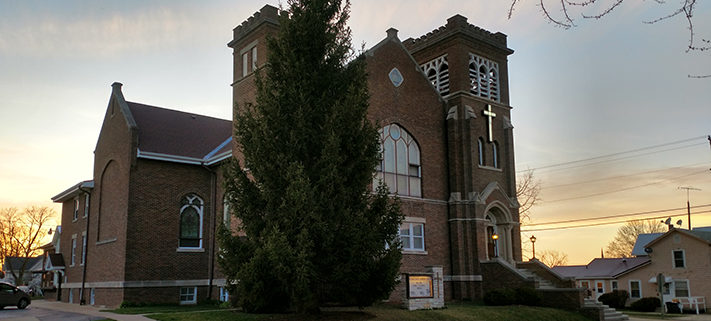
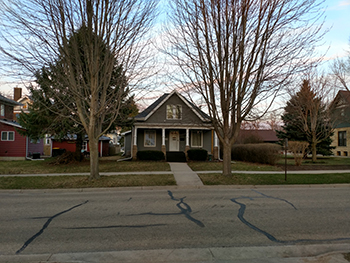
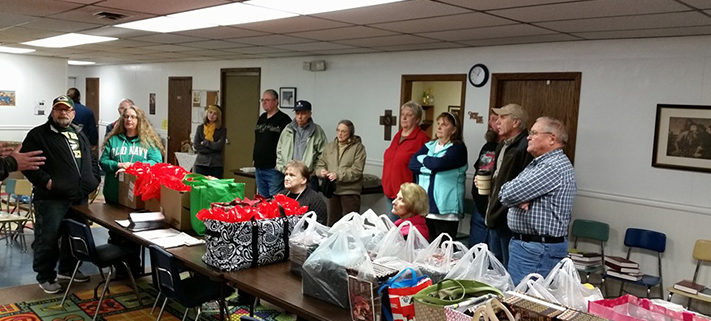
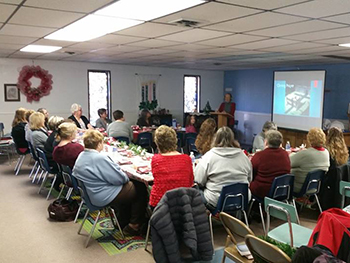
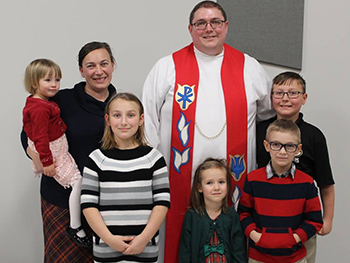
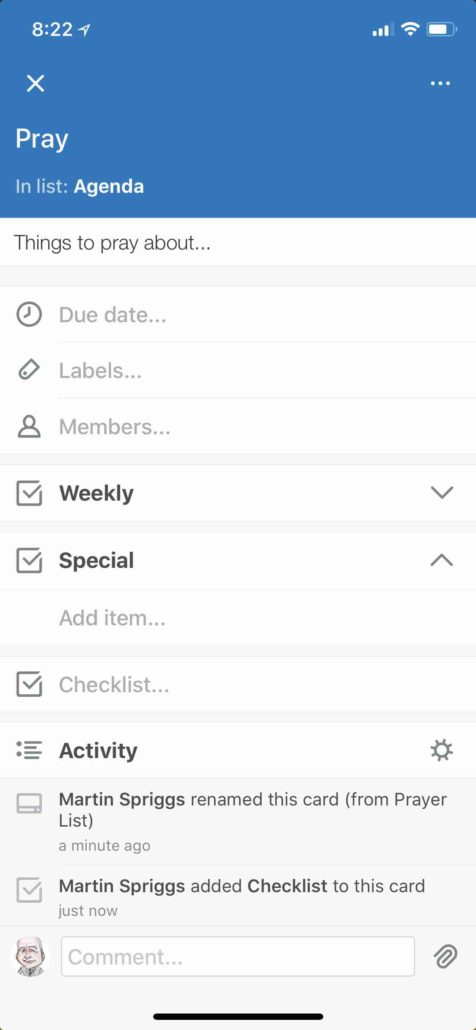 One of the great uses I’ve found for technology is creating to-do lists. Shopping lists. Honey-do lists. Grocery lists. Project lists. And perhaps most important…prayer lists. We’ve all experienced the challenge of a good prayer life. It’s not for lack of things to pray for, but time, discipline, and remembering everything you want to carry to the Lord in prayer when you are ready to pray.
One of the great uses I’ve found for technology is creating to-do lists. Shopping lists. Honey-do lists. Grocery lists. Project lists. And perhaps most important…prayer lists. We’ve all experienced the challenge of a good prayer life. It’s not for lack of things to pray for, but time, discipline, and remembering everything you want to carry to the Lord in prayer when you are ready to pray.
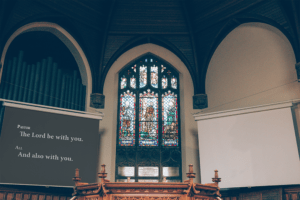 Screen technology tends to disrupt other media and easily dominates the environment by demanding attention from everyone in view. This is not supplemental, additive, or merely neutral; it is a fundamental reorientation of the worship space. Indeed, the screen will accept nothing less than to own the room. To assume that worshipers who find screen technology disruptive or distracting will be able to simply ignore it misunderstands the nature of the medium and downplays the qualities of our human senses. This is why more and more instructors (especially in higher education) are surprising their colleagues with the announcement that they, too, are eschewing the use of screens in their classrooms. Worship leaders may wish to rethink the issue as well.
Screen technology tends to disrupt other media and easily dominates the environment by demanding attention from everyone in view. This is not supplemental, additive, or merely neutral; it is a fundamental reorientation of the worship space. Indeed, the screen will accept nothing less than to own the room. To assume that worshipers who find screen technology disruptive or distracting will be able to simply ignore it misunderstands the nature of the medium and downplays the qualities of our human senses. This is why more and more instructors (especially in higher education) are surprising their colleagues with the announcement that they, too, are eschewing the use of screens in their classrooms. Worship leaders may wish to rethink the issue as well.


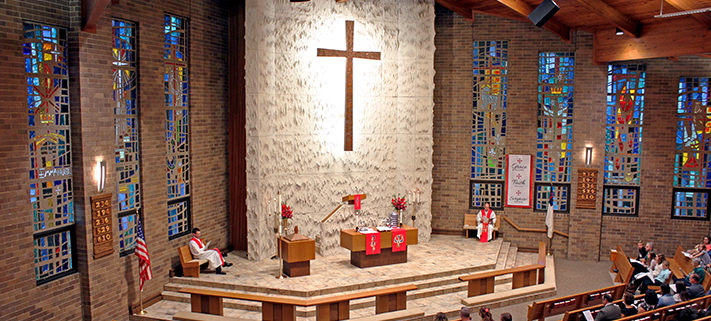
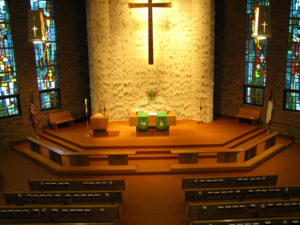
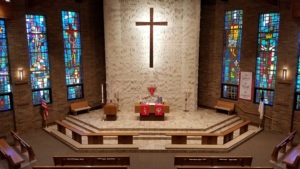
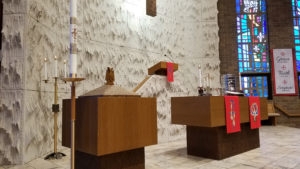
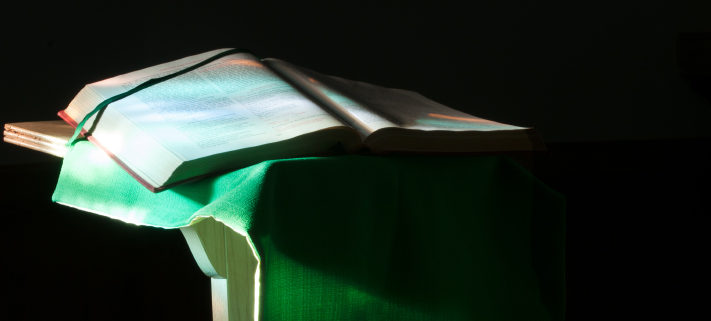
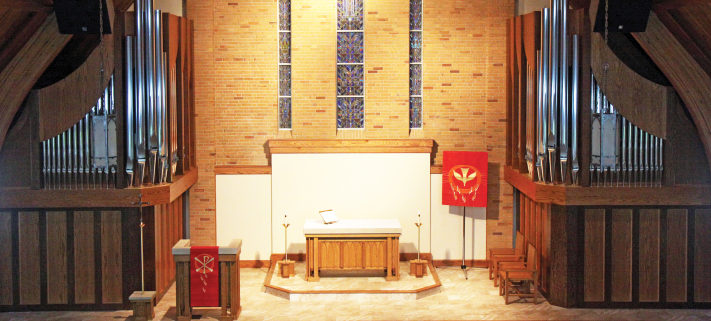
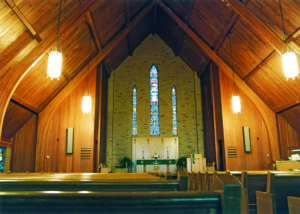
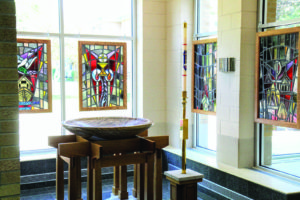
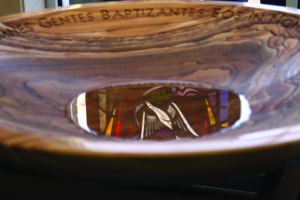



 The smell of burning joss paper in small red cans filled the air in some areas – providing money for dead relatives to use in the afterlife.
The smell of burning joss paper in small red cans filled the air in some areas – providing money for dead relatives to use in the afterlife.
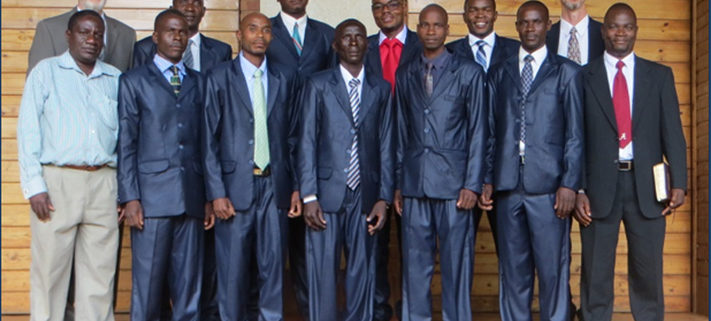
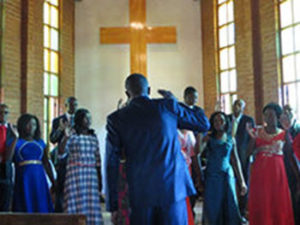
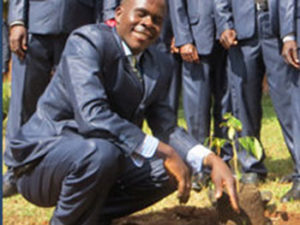 Yes, they have picked up the mantle and gone on. The campus is now quiet. The students and their families are gone. The only things that linger are memories and pictures of that graduation day. Oh, and the tree that they planted.
Yes, they have picked up the mantle and gone on. The campus is now quiet. The students and their families are gone. The only things that linger are memories and pictures of that graduation day. Oh, and the tree that they planted. That’s good to know when you reach your own significant juncture in life. Maybe you’re there right now. Or, perhaps one is right around the corner. There may come a time when someone special in your life leaves you behind. Not necessarily through death, but that may be the case too. It may be that that someone special in your life is called by God to go in a different direction than you thought–or hoped. But chances are, you may at least for a while, feel alone. Lonely. Perhaps intimidated by the work that God has called you still to do. You may wonder how to move forward with the gifts you have–or don’t have.
That’s good to know when you reach your own significant juncture in life. Maybe you’re there right now. Or, perhaps one is right around the corner. There may come a time when someone special in your life leaves you behind. Not necessarily through death, but that may be the case too. It may be that that someone special in your life is called by God to go in a different direction than you thought–or hoped. But chances are, you may at least for a while, feel alone. Lonely. Perhaps intimidated by the work that God has called you still to do. You may wonder how to move forward with the gifts you have–or don’t have.
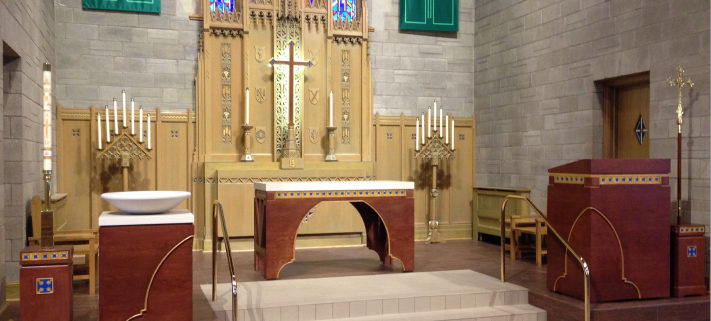
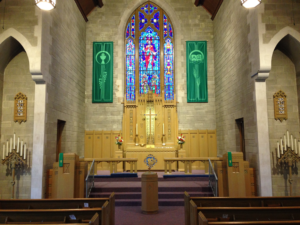
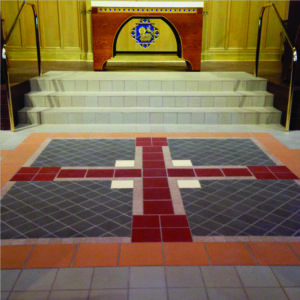

 Funerals.
Funerals.